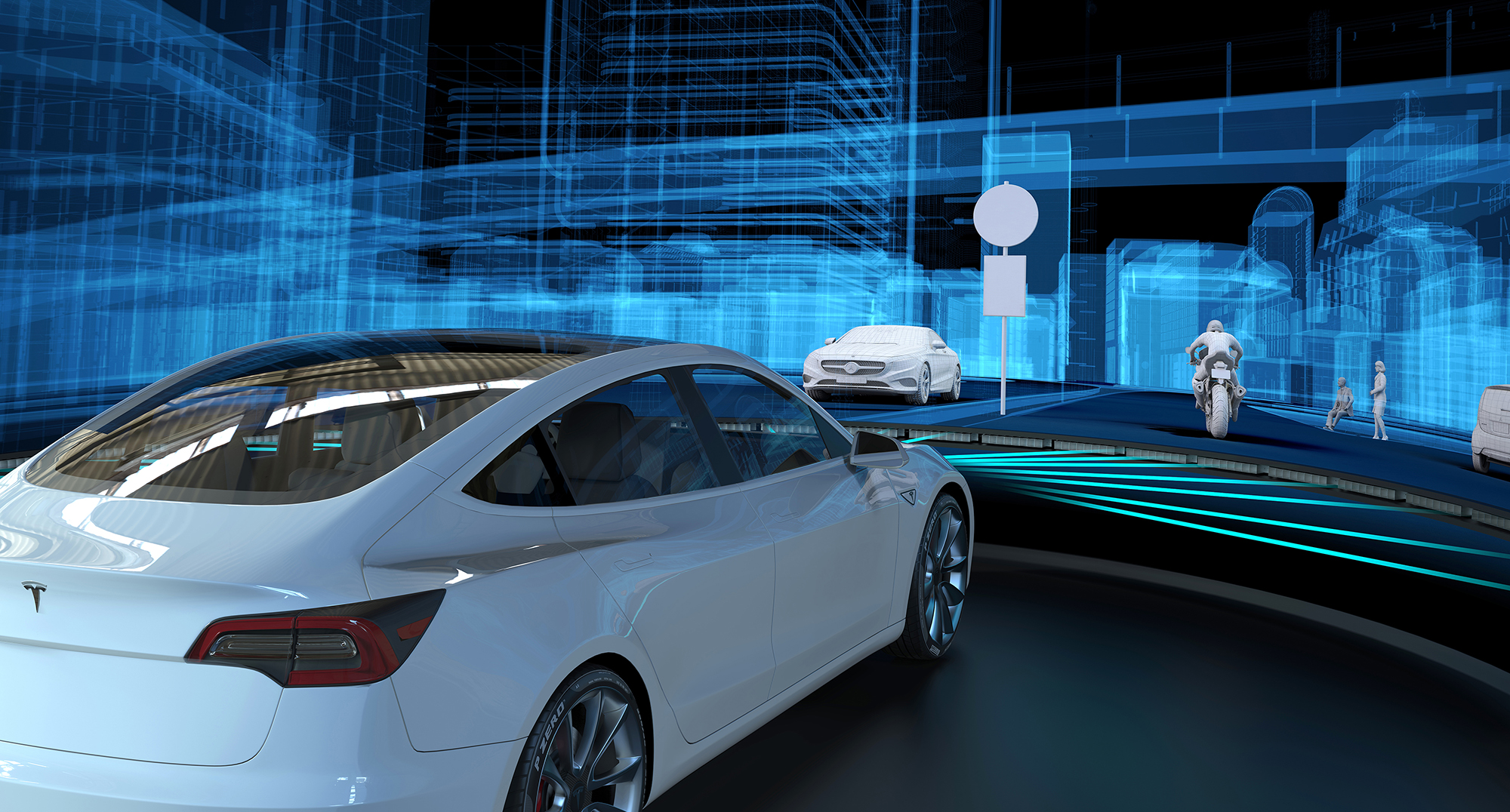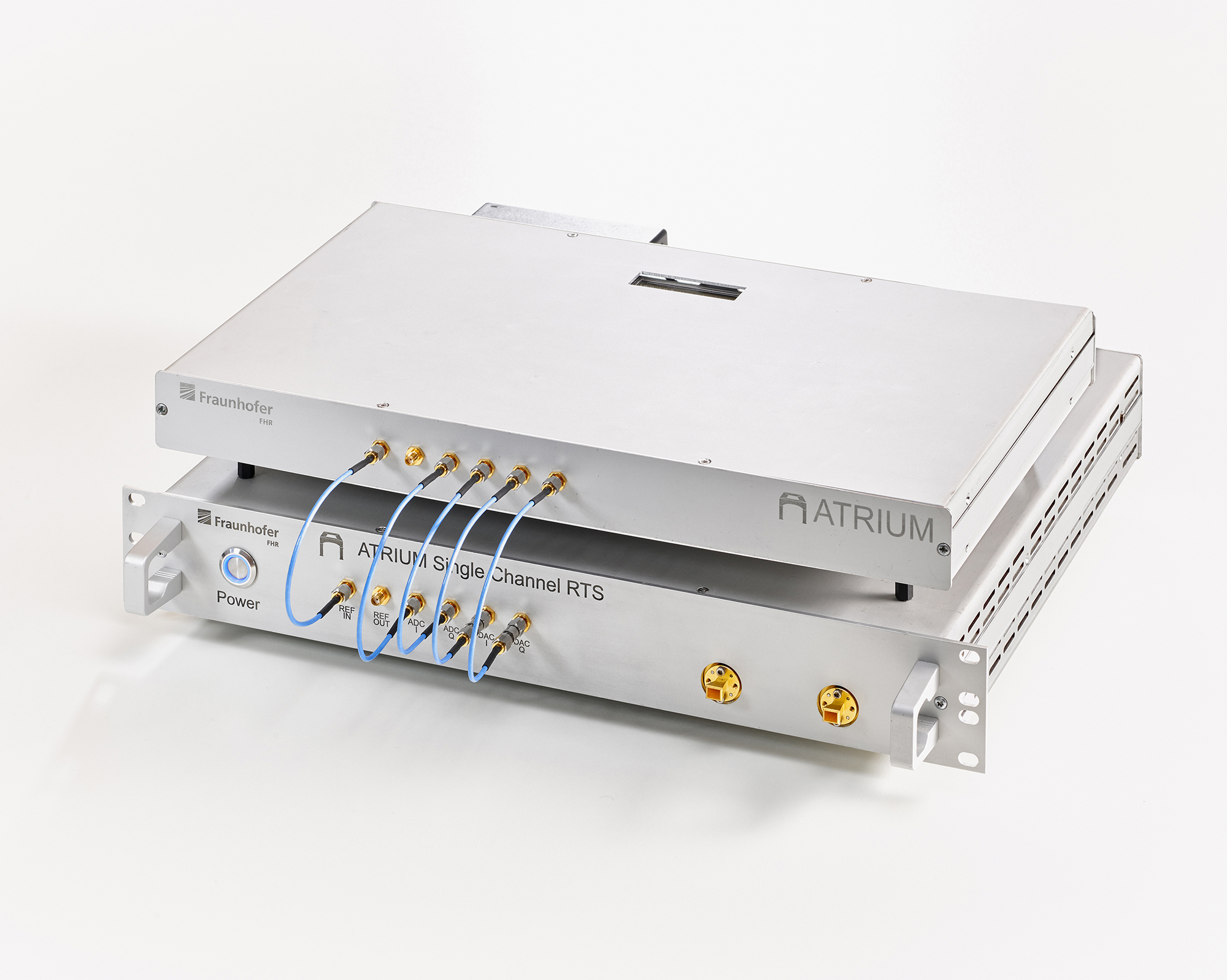»Driverless« Cars: How they can safely hit the road
Many experts assume that, in the long run, cars will be driving on our roads autonomously. However, this requires the necessary safety technologies – including radar sensors. These have to be tested on several millions of kilometers of road first, an effort that is extremely hard to tackle. A radar target simulator will make these tests significantly easier and cheaper.


Modern cars today are already equipped with radar sensors, most of the time, they are installed under a company logo or in the bumper, where they provide automatic collision or distance control. For instance, a car in cruise control automatically brakes when the car ahead reduces its speed. The aim for autonomous cars is not only to support the driver, but to actually allow the driver to do something entirely different while the car is independently moving toward the destination. The radar sensors required for this, however, have to fulfill significantly stricter general conditions: Only a single error is permitted to occur in several millions of kilometers on the road. To date, these radar sensors are tested by installing them in cars to have them hit the road – a time-consuming and cost-intensive procedure.
Faster and Cheaper Tests
The virtual testing environment ATRIUM, the German acronym for »automobile testing environment for radar in-the-loop testing and measurements« aims to change this – it is being developed at Fraunhofer FHR. The tests no longer require a driver, so they can be done much faster and cheaper. In addition, a significantly greater number of scenarios can be tested, and the radar systems can be examined under realistic conditions already as they are being developed. The principle: Radar sensors emit radar signals while the car is on the road. These signals are reflected back to the radar sensor by objects in the surroundings – whether these are cars, trees, or people – which is called the echo. These echoes make it possible to calculate the distance, speed, and direction of each object. Fraunhofer FHR's radar target simulator now creates these echoes artificially: It receives the radar signals of the sensors to be tested, modifies them accordingly, and then returns them. Thus, the simulator leads the radar sensor to believe it is driving through a virtual environment, while in reality all parts are standing still in the lab. Just like in the real world, this virtual environment can contain cars, people, buildings, and similar things.
Up to 300 Echoes Are Possible
The current system is capable of generating 16 echo signals. This version was already presented at the Automotive Testing Expo Europe trade fair in Stuttgart in 2019. It consists of one transmitter and one receiver, i.e. of a single channel. Thus, the objects can be simulated along one direction, for different distances and speeds. In order to represent cars, people & co. in a realistic manner, several scattering centers are used per object. That is because in the case of a car, the bumpers, the wheels, the wheel cases, and other components each reflect the signals in their own specific way.
At the moment, the business unit is working on replacing ATRIUM's transmitting part, which has so far been built from off-the-shelf components, by an in-house design. Then, using the corresponding signal processing techniques, it should be possible to generate a significantly higher number of reflections – instead of 16 echo signals, the aim is to reach more than 100 – thus making the scenario seem even more realistic. In a third step, to be completed by the end of 2020, a number of these transmitters will be set up. Through an intelligent arrangement, they will be able generate echo signals from different directions and angles, far more than a hundred in total. In a virtual sense, this means the following: The vehicles and people will move toward or way from the system to be tested from different directions.
Workflow for the Simulations
Generating this amount of scenarios and simulation signals involves major efforts. An already functional workflow can significantly simplify this: When you input CAD models of cars and other objects as well as movement trajectories – i.e. the movement of the objects over time – into this workflow, the simulation program calculates the individual reflections that occur. An algorithm further processes this list and calculates the parameters required by the radar target simulator. Based on this workflow, a scenario catalog is currently being developed where relevant scenarios will be kept on file.